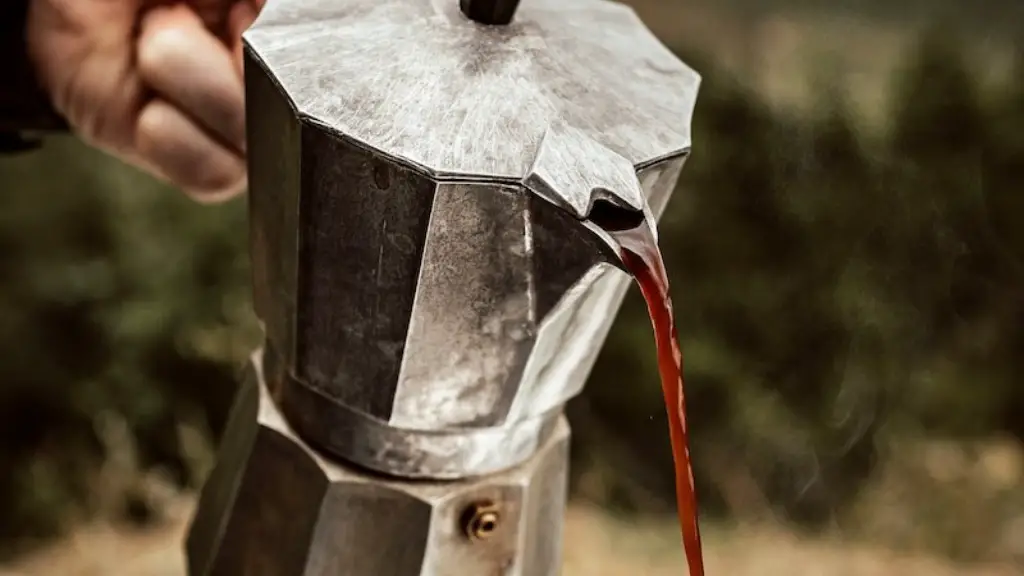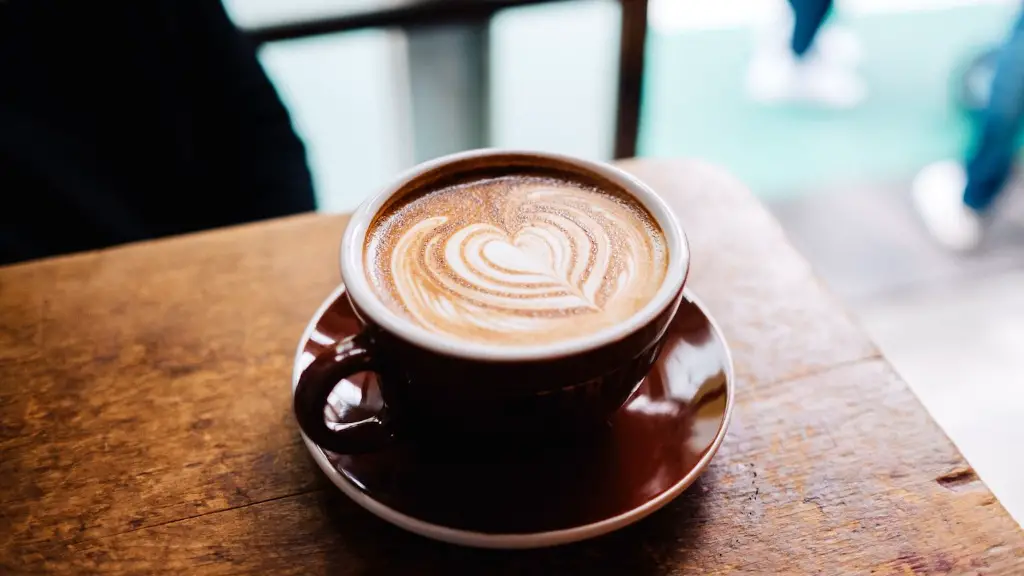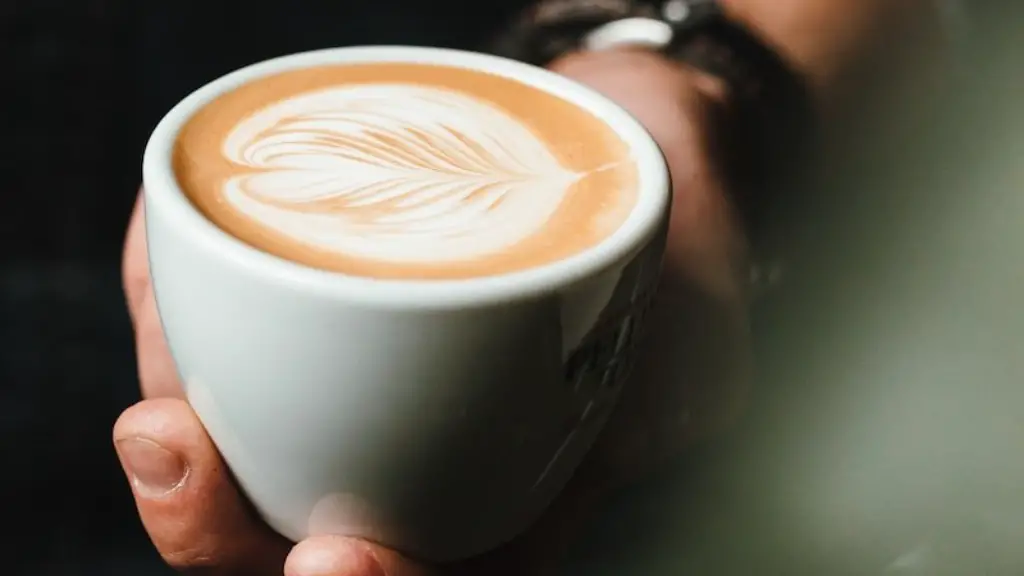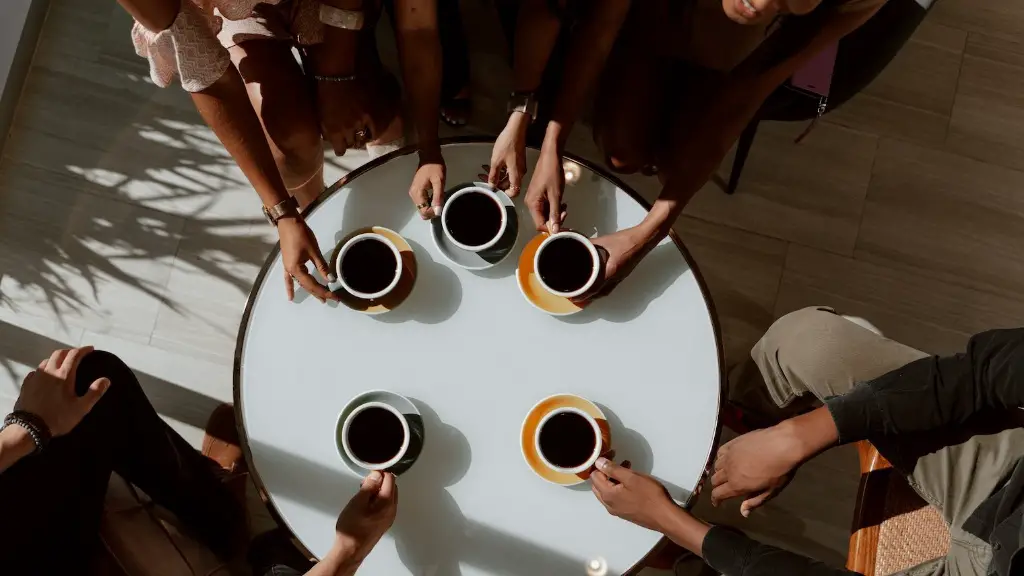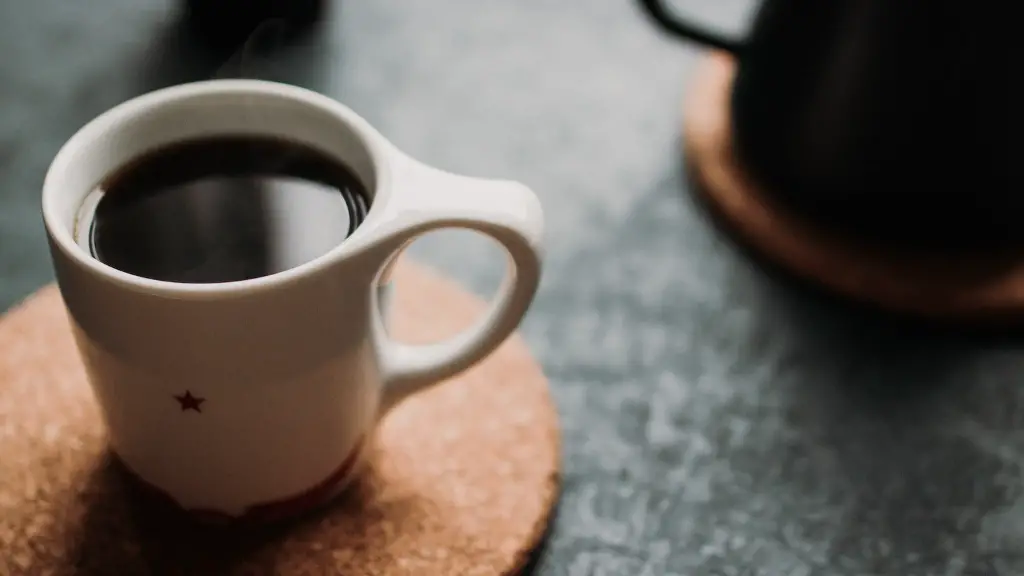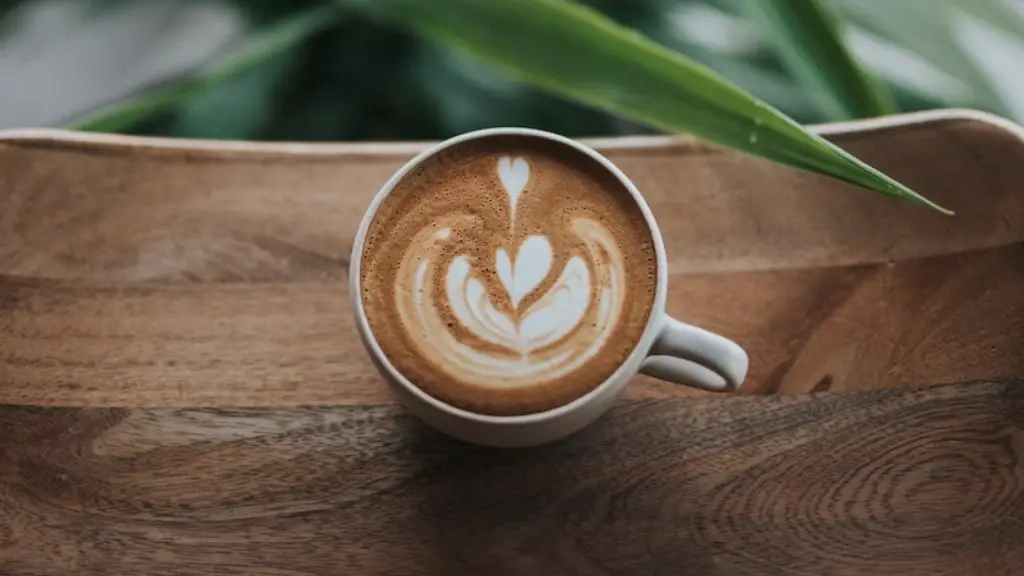The answer to this question may surprise you – flavored coffee beans are not actually beans at all! They are coffee seeds that have been roasted and then flavoring is added to the outside of the seed. The most popular flavored coffees are hazelnut, vanilla, and mocha.
The flavoring process begins by roasting the beans to the desired darkness. Once the beans are roasted, they are immediately cooled and transferred to a flavor room. The flavor room is temperature and humidity controlled, and contains huge bins of beans from different origins and roasts. A tumbler mixes the beans to ensure an even distribution of flavoring.
The beans are then flavored using one of two methods. The first method is the batch method, in which the flavoring is added to the tumbler, and the beans are flavored for a specific amount of time. The second method is the continuous method, in which the flavoring is added to an enclosed chamber through which the beans are constantly moving. This method allows for a more even distribution of flavoring.
Once the beans are evenly flavored, they are cooled and bagged for freshness.
How does coffee beans get their flavor?
The flavors of coffee are affected by a variety of factors, including where it’s grown, how it’s processed, how it’s roasted, its variety, and even how it’s brewed. The coffee’s origin, variety, and processing method all contribute to its unique flavor profile. Roasting also plays a role in developing coffee’s flavor, with darker roasts tending to be more intense and complex. Finally, brewing method can also affect flavor, with brewing methods like espresso and Turkish coffee resulting in a more concentrated and intense flavor.
Most traditionally flavored coffee beans are a result of flavoring oils that are spritzed and mixed with the beans after the roasting process. These aren’t just any oils, though. At times, certain flavors require nearly 100 different compounds to achieve the desired taste. This is a complex and involved process, but the end result is a delicious cup of coffee with a range of interesting and exotic flavors.
How is coffee artificially flavored
Coffee flavoring is a mixture of flavor compounds and a solvent, usually propylene glycol. This mixture is used to attach the flavor chemicals to coffee beans. The resulting flavored coffee is often more intense and richer than coffee that has not been flavored.
Hello,
You may want to start out with a set level and then add more or less flavor to taste.
What chemicals are used to flavor coffee?
Many companies still use the same kind of liquid flavors that were first used years ago when flavored coffee became a thing. Most of these flavors use a chemical solvent carrier named propylene glycol. A typical liquid flavor may contain as much as 85% propylene glycol.
The Ross Droplet Technique (RDT) is an easy hack if you find that grinding your coffee beans with an electric grinder has become a messy hassle. This technique involves spraying or adding a ‘droplet’ of water to your coffee beans to reduce static-loaded coffee grinds and grind retention when single-dose grinding.
Do flavored coffee beans have sugar in them?
Flavored coffee does not have sugar unless a syrup or milk has been added after brewing.
Hi,
You will need 1 cup powdered non-dairy creamer, 1/2 cup of sugar, and 1/2 cup of instant coffee granules to make a coffee with more flavor.
Why does coffee taste better when someone else makes it
If you want to experience the full flavor of what you’re consuming, it’s best to consume it right away. Our sense of smell acclimatizes us to the scent of whatever we’re preparing, so by the time we consume it, the flavor is not as intense. This is why food and drink taste better when we receive them from someone else.
Flavored coffee beans are a great way to enhance the final taste of your coffee. The oils used to flavor the beans are added during the roasting process and can be either natural or synthetic. Some of the most popular flavors include vanilla, cocoa beans, nuts, and berries.
Is Starbucks coffee artificially flavored?
From vanilla and chocolate to hazelnut and tiramisu, our flavored coffees stand out from the rest because they’re crafted without the use of artificial flavors. Instead, we use only natural ingredients to provide a truly unique and flavorful experience.
An artificial flavor is an additive that is designed to mimic the taste of a natural ingredient. These flavors are made from synthetically derived raw materials, and they mirror the structure of the natural compound. This allows manufacturers to create a specific flavor profile at a lower cost.
How to make your own flavored coffee
Adding spices to your coffee grounds is an easy way to add flavor to your coffee. Simply add about ⅛ teaspoon of your chosen spice or spice mix to the ground coffee and brew as normal. This is a quick, natural, and usually calorie-free way to add an extra boost to your coffee.
Flavored coffees have a consistent taste from beginning to end, while the flavor of non-flavored coffees develops and changes as you drink it. Coffees that are described as bright or crisp have a higher acidity, which is a sign that they are non-flavored.
How to make vanilla flavored coffee beans?
Adding vanilla extract to coffee is an easy way to make your favorite coffee even better. The pure vanilla extract will add a delicious flavor to the coffee, and the added sweetness will make it even more enjoyable.
Coffee beans are sprayed with chemicals to protect them from various pests. Farmers use pesticides to protect their crops from pests and to help them grow.
Warp Up
The process of making flavored coffee beans is done by adding natural or artificial flavors to the beans during the roasting process. This allows the flavor to be absorbed by the bean, which results in a more intense flavor when the coffee is brewed.
The flavored coffee beans are made by adding the flavorings to the beans after they have been roasted.
